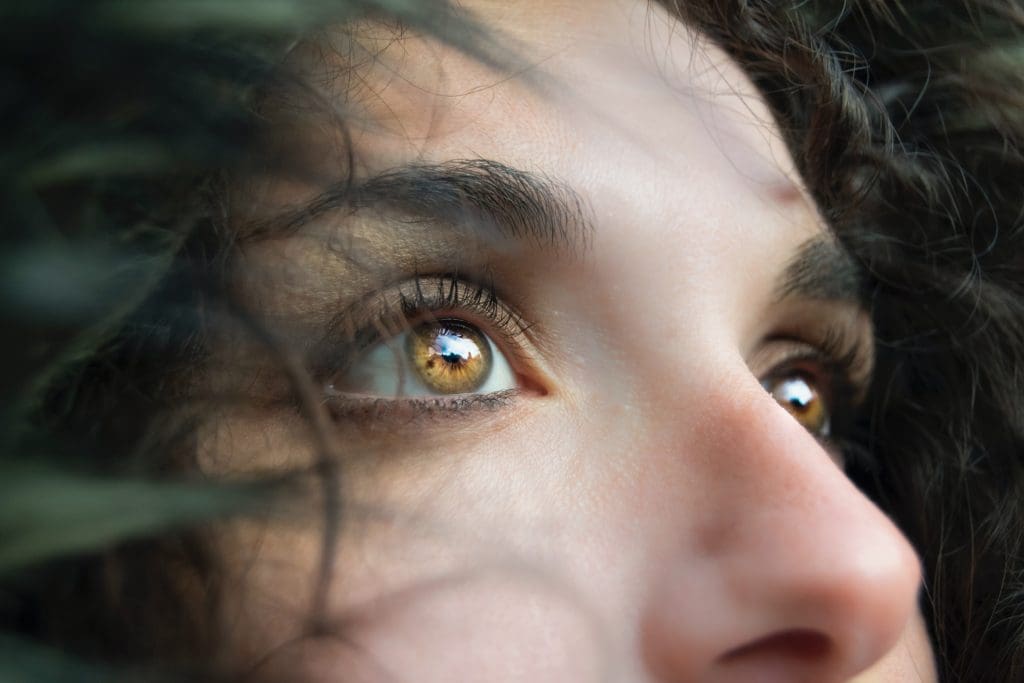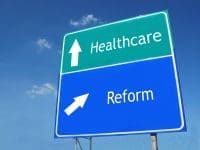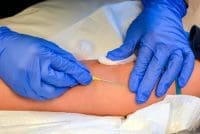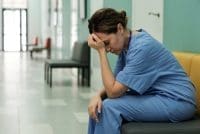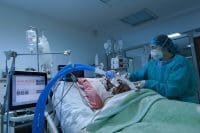How frequently do you think eye conditions are discussed during menopause-related consultations? I would hazard a guess, hardly ever. Look up any recent textbook on menopause for eye-related problems and you are likely to draw a blank. Yet, during menopause transition, the only symptom directly related to ovarian failure beyond those related to vasomotor responses or vaginal atrophy, is dry eye!
It is time for us to focus attention on the eyes. My purpose here is simply to increase your awareness of some of the eye diseases and dilemmas relating to menopause and sex hormones.
The most frequent eye complaint after menopause is “feeling of dryness” or problems with tearing. While the problem increases beyond menopause, the pathogenesis is not fully elucidated. Although there is evidence that EPT (estrogen progestin therapy) increases lachrymal secretion, and that topical estradiol is of value in the treatment of menopausal kerato-conjunctivitis sicca, the situation is not completely clear.
There is also some evidence that postmenopausal women receiving ET (estrogen therapy) demonstrate a higher prevalence of dry eye, and there is an escalating body of literature reflecting association between androgens and lacrimation. Secretory function appears to decrease with declining androgen levels.
Increased intraocular pressure (IOP) and potential glaucoma is a problem that may lead to blindness. IOP drops during the luteal phase of the reproductive cycle and in pregnancy. Some data suggest that IOP increases beyond menopause. Recently it was reported that EPT reduced IOP, but combined therapy was administered and it was not possible to determine whether it was estrogen, progestogen or both that was responsible for the effect. IOP is yet another parameter that requires annual checking beyond age 50, ideally as part of a routine eye examination.
Variations in corneal thickness have been implicated in relation to hormonal fluctuations during the reproductive cycle and pregnancy, and with oral contraceptive or HT (hormone therapy i.e. ET and EPT) use. While there is no clear clinical correlate in relation to this, users of hard contact lenses might note problems of eye irritation after commencement of OC’s or HT. There seems to be no evidence for any impact on refractional properties of the eye.
Animal evidence suggests that estrogen protects against cataract formation, but there appears to be no sex predilection with aging in humans. However, early evidence suggests estrogen to be protective against cataracts in women.
The question of retinovascular disease in relation to menopause and HT is murky. Retinal vein occlusion has an equal incidence in males and females, while retinal artery occlusion is higher in males than females, both peaking in the mid 60’s. The increased prevalence of venous thromboembolism in users of EPT and OC’s is well accepted.
So what do we do with a patient on ET or EPT who develops retinovascular disease? Prudence suggests a recommendation to discontinue therapy, yet there is observational data demonstrating reduced risk of retinal vein thrombosis in postmenopausal women using exogenous estrogens. Suggestions have been made not to commence HT in women with retinal vein occlusion, but their continued use does not appear to be associated with a higher rate of recurrence. It would seem to me that a strong indication for HT would need to exist to justify continuing HT under these circumstances.
Finally, estrogen may also play a role in prevention of age-related macular degeneration (AMD). Estrogen receptor alpha has been demonstrated in the retina and retinal pigment epithelium of young female eyes but not in eye tissues dissected from men and postmenopausal women. Early menopause has been reported as a risk factor for AMD. Postmenopausal estrogen use seems to reduce the risk of AMD.
There can be no doubt that a strong relationship exists between endogenous and exogenous hormones, menopause, and the eye. This relationship adds to the complexity of decision-making around the benefit-to-risk ratio of hormone usage after menopause. Few women will discuss their eyes with you, but eye diseases increase in prevalence with age. At the very least, menopause-related health care providers need to draw women’s attention to these potential problems, and the need for a regular eye examination.
Wulf Utian MD PhD DSc
Author; CHANGE YOUR MENOPAUSE – Why one size does not fit all. http://www.amazon.com/Change-Your-Menopause-size-does/dp/0982845723/

